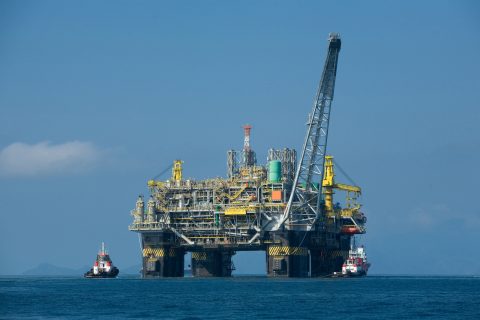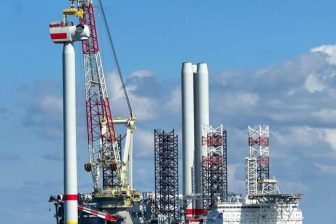
OPEC agrees on further production cuts
OPEC and its partners have agreed to further cut production by 500,000 barrels per day in the first quarter of 2020, bringing their new combined cuts to 1.7 million barrels per day. The decision was taken ” following deliberations on the immediate oil market prospects and the outlook for 2020″, OPEC says.
Actual production cuts could turn out higher as Saudi Arabia and several other participating countries will also continue extra, voluntary adjustments which could result in combined cuts of more than 2.1 million barrels per day.
The decision to further slash production was taken at the 7th OPEC+ meeting in Vienna, Italy last week. The measure aims to support the oil price as demand is expected to slow in at the start of 2020, potentially leading to an oversupplied market in the first half of the new decade. OPEC has supported oil prices at around USD 50 – USD 75 last year. Currently, a the price for a barrel of Brent oil stands at USD 64 per barrel.
The extra cuts run until the start of the second quarter. No decisions have been made from March onwards yet. OPEC will come together again on March 6th to discuss further actions.
Analysts have criticized the decision saying the agreed cuts are not sufficient to reduce oversupply. “By agreeing a 500,000 bpd cut based on 2018 levels OPEC has boxed themselves into a corner. In order to achieve compliance the pressure is now on those having produced above their previous limit. A 500,000 bpd reduction does not alter the outlook for H1 2020 which, according to IEA data, will remain oversupplied”, Ole Hansen, head of commodity strategy at Saxo Bank, tells Reuters.
USD 40 per barrel
Ahead of the meeting on Friday December 6, Rystad Energy warned that the outlook for the oil price will be bleak if OPEC would not agree on deep enough cuts.
“We have a clear message to the OPEC+ countries: A ‘roll-over’ of the current production agreement is not enough to preserve a balanced market and ensure a stable oil price environment in 2020. The outlook will be bleak if OPEC+ fails to agree on additional cuts.”, said Bjørnar Tonhaugen, head of oil market research at Rystad Energy.
According to Rystad Energy’s estimates, the global oil market will be fundamentally oversupplied to the tune of 0.8 million barrels per day (bpd) in the first half of 2020. The analysts added that empirical evidence has demonstrated that a 1 million bpd surplus of oil can be expected to cause an oil price decline of around 5% per month, implying a potential drop of 30% over six months.
“If OPEC and Russia don’t extend and deepen their cuts, we could see Brent Blend dip to the $40s next year for a shorter period,” Tonhaugen said.
US at record speed
Meanwhile, oil production from non-OPEC countries is expected to grow at record speed in 2020, creating a headache for OPEC and Russia as they attempt to balance the global oil market next year.
“In a unique turn of events, it is the offshore segment which will drive much of 2020’s non-OPEC supply growth. The record-high production growth next year, which puts significant pressure on OPEC’s ability to balance the oil market in 2020, comes almost exclusively from tight oil and offshore,” says Espen Erlingsen, head of upstream research at Rystad Energy.
The US tops the list of non-OPEC countries which will see the quickest production growth in 2020, driven by tight oil production. Norway and Brazil, the world’s two dominant offshore players, follow close behind.
You just read one of our premium articles free of charge
Register now to keep reading premium articles.




